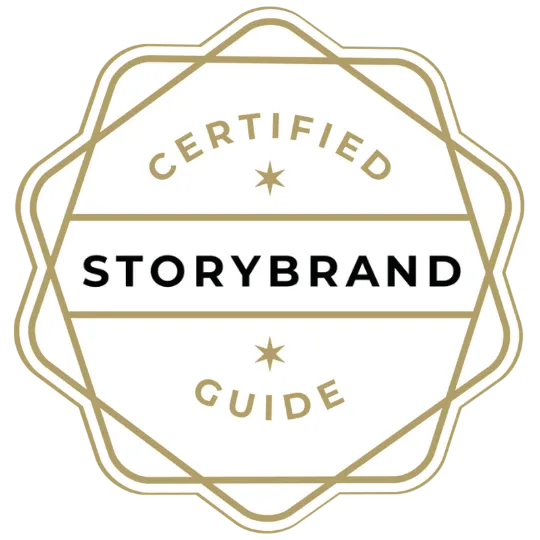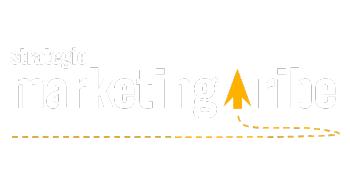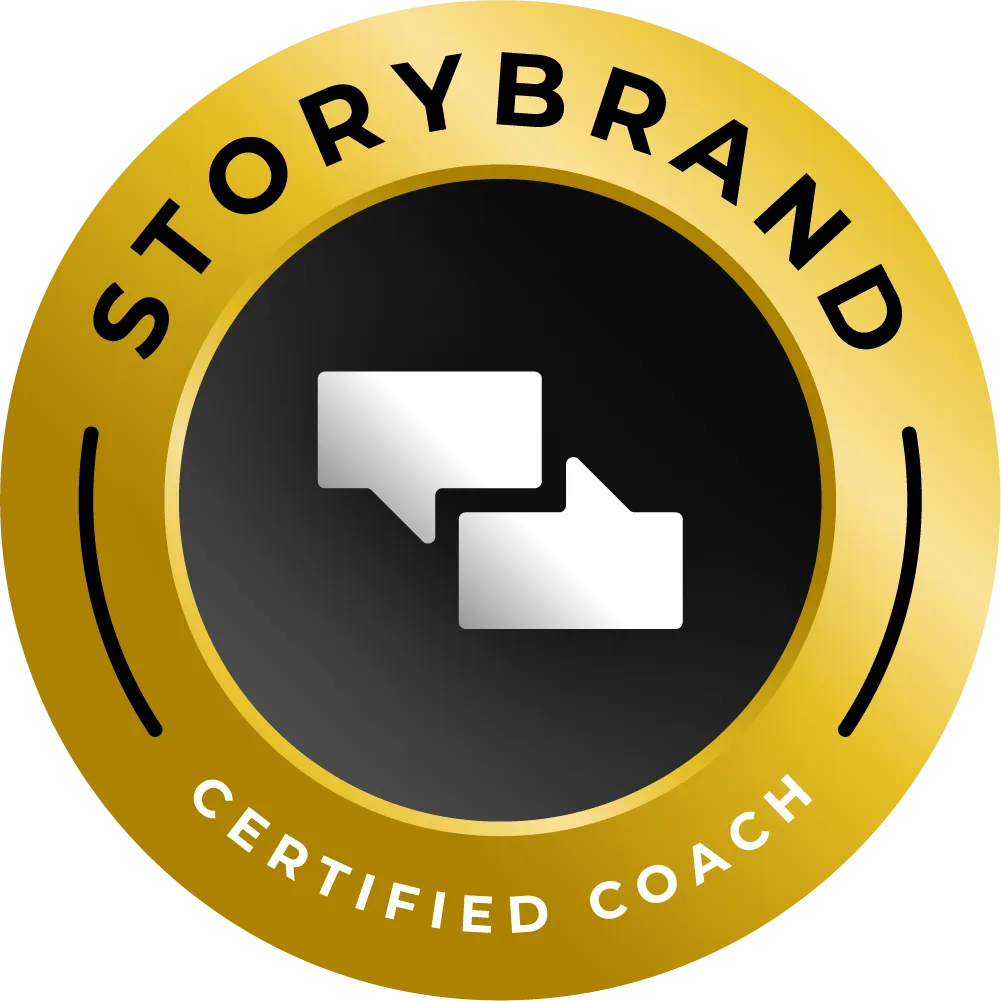NEWS, MEET STRATEGY
Real news, real insights – for small businesses who want to understand what’s happening and why it matters.

Zero-Click Search Is Real—Here’s How to Beat It
By Vicky Sidler | Published 27 July 2025 at 12:00 GMT
If your website traffic graph looks like it’s fleeing the scene of a crime, you're not alone. Google’s been quietly hoarding clicks like a squirrel in winter, and marketers are starting to panic.
But before you rage-quit SEO and start selling candles at the local market, take a breath.
This isn’t the end of content marketing. It’s just a reminder that not all clicks are created equal, according to Andy Crestodina of Orbit Media.
TL;DR
Google’s adding more AI and “helpful” widgets that keep users on search results.
Organic impressions are up, but clicks are down—welcome to the zero-click era.
Most lost clicks are from low-intent searchers who were never going to buy anyway.
Focus on service pages, commercial-intent keywords, and sales-aligned content.
Want to stay visible? Show up where your audience already hangs out—like LinkedIn and YouTube. Grab the 5-Minute Marketing Fix to make sure your message actually lands.
The Click Shortage Isn’t a Bug—It’s a Feature:
Google's job is to keep users on Google. It's not a library—it’s a vending machine. If your strategy depends on Google handing out free samples, the business model was shaky to begin with.
The search engine results page (SERP) now looks like a toy aisle: AI overviews, image packs, answer boxes, carousels. Blue links? Somewhere down there under the fold.
What does that mean for small business owners?
Not all traffic drops are disasters. Some are just dead weight being cut loose.
Not All Clicks Are Good Clicks:
Let’s say someone googles, “how do I choose a profile pic for LinkedIn?” They read your blog post, get their answer, and vanish—forever.
That’s what Andy Crestodina calls “low-intent” traffic. It bloats your analytics but doesn’t buy anything, join your list, or even remember your name.
In contrast, someone searching “StoryBrand consultant for B2B tech” isn’t looking for a tip—they’re looking to hire. That’s “high-intent” traffic. And it’s still very much alive.
So yes, impressions are up. Clicks are down. But the real question is: which clicks are missing?
Here’s What To Focus On Instead:
1. Prioritize Pages That Convert:
Before you write your next blog post, ask yourself: have I optimized the pages that actually make money?
Your homepage. Your services. Your contact page.
Use simple, search-friendly headlines. Add proof like testimonials. Explain what you do in plain English. (Or, y’know, use my 5-Minute Marketing Fix and save yourself the headache.)
2. Target Phrases with “Visit-Website” Intent:
Before writing for a keyword, Google it.
If the page is crammed with AI answers, maps, and videos—chances are no one’s clicking through. Find alternatives with cleaner SERPs.
Use commercial-intent phrases like:
“Small business accounting service near me”
“Best payroll software for consultants”
“Marketing strategy coach for dentists”
People searching these terms want to visit a website. Preferably yours.
3. Build on Rented Land (Strategically):
Posting content directly to LinkedIn or YouTube might feel like giving away your best ideas. But if no one’s seeing your blog anyway…
Platforms like LinkedIn and YouTube actually want your content. They’re designed to promote creators because it keeps users engaged. And surprise: those clicks convert better.
Just remember to still post everything on your own site first. That way, it earns SEO value, builds your authority, and stays findable long after the scroll ends.
4. Create Sales-Aligned Content:
Not every article should chase traffic. Some should chase trust.
Start with content that supports your sales process:
Case studies
FAQs that close deals
“How we work” breakdowns
Pricing explanations
Behind-the-scenes walk-throughs
Send them after a sales call. Link them in your email follow-ups. Let them do the heavy lifting before the client ghosts.
Reporting? Track What Matters:
Still watching overall traffic as your main metric? That’s like judging a restaurant by how many people read the menu but walked out.
Instead, track:
Leads
Lead conversion rates
Content conversion rates (downloads, form fills, etc.)
Traffic to your service pages
Referral and social traffic that actually converts
The right audience is still out there. They're just harder to impress—and a lot less patient.
It’s Not Over. It’s Just Evolved.
This isn’t the death of SEO. It’s the death of lazy metrics and traffic vanity.
Small businesses that adapt—by targeting real search intent, building trust, and simplifying their message—will still win.
And it starts with getting your message clear enough to make people want to click in the first place.
👉 Get the 5-Minute Marketing Fix and make every visitor count.
The full original post by Andy Crestodina is worth a read if you want to dig deeper into the data behind these shifts.
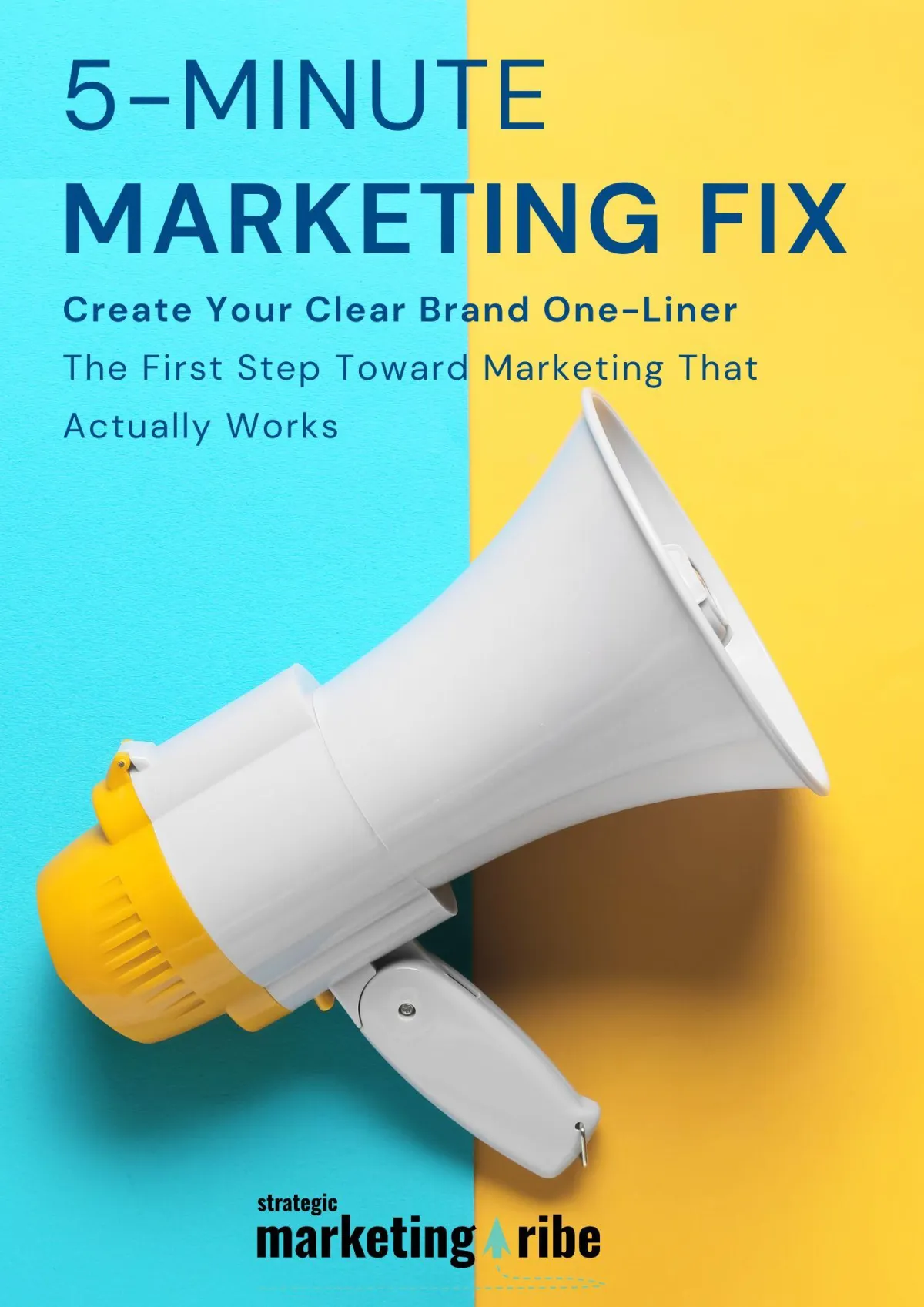
Created with clarity (and coffee)
